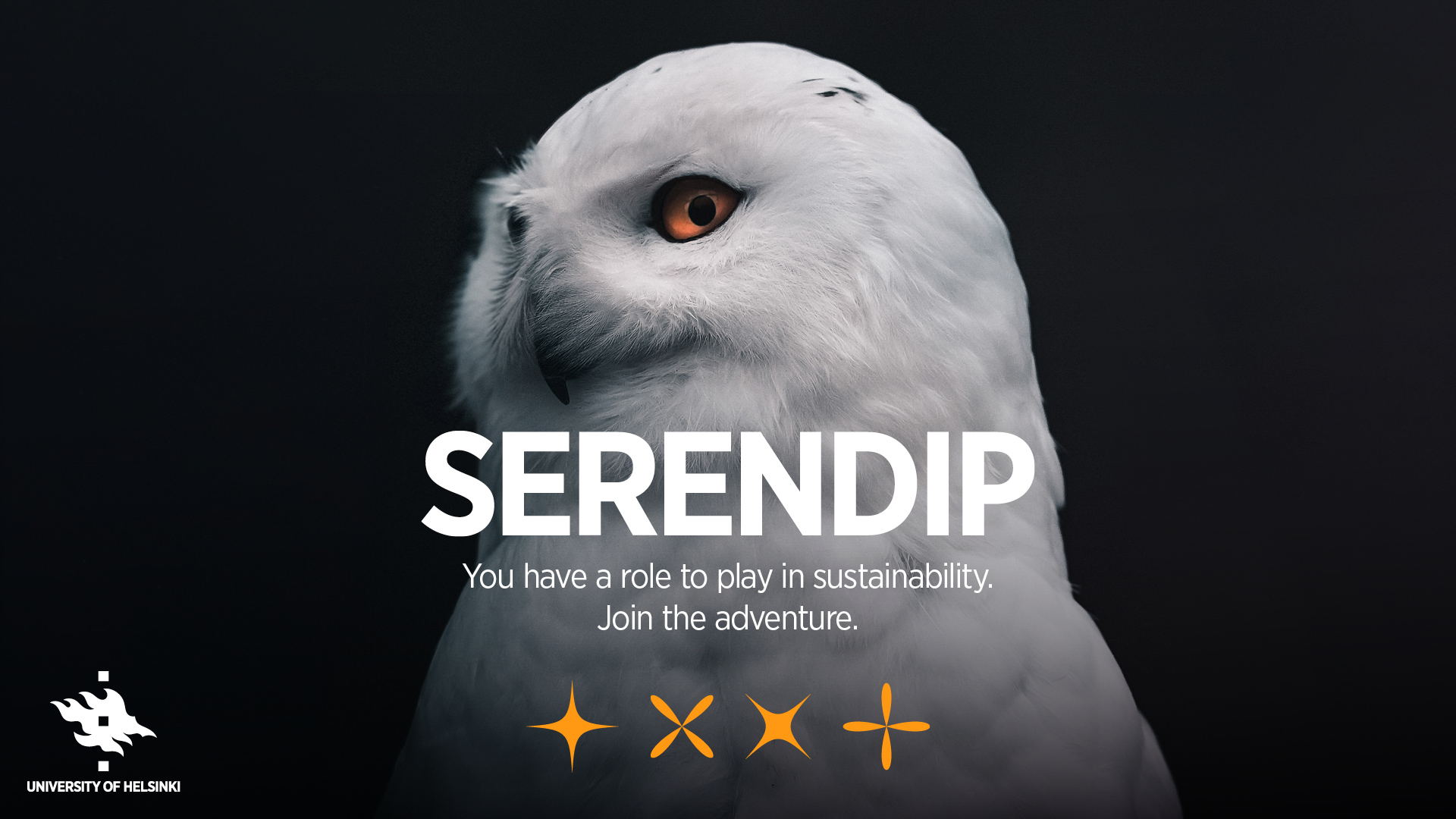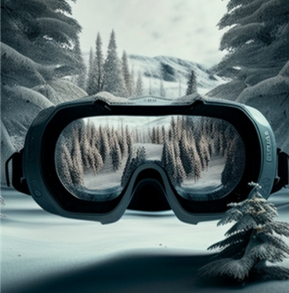This blog post is written by professor Kalle Juuti and university lecturer Vilhelmiina Harju from the Faculty of Educational Sciences.
Currently, in the field of education, the hot topic is the applications of generative AI and how they impact learning and teaching. During the rapid technological changes, it needs to be discussed, how we understand new generative AI applications, their possibilities and potential drawbacks in education. Further, it is important to consider learning and studying with these tools. For example, do we understand new applications as tools for producing essays and other learning assignments, or do we see them as an opportunity to ideate and develop our own thinking? Do we use these tools in a way that actually excludes ourselves from a learning process or can we use them in a way that in which we actively seek to develop our understanding and self-regulate our learning process? In higher education, where students have traditionally written a lot of texts to prove what they’ve learned, the development of generative AI tools means we need to rethink what and how we teach, as well as how we evaluate students’ learning. In particular, it is important to develop pedagogical approaches that exploit new tools in a way that support students’ new creative work and development of understanding.
In this blog post, we describe, how ChatGPT3.5 application “CurreChat”, operated by the University of Helsinki, was used in a Master’s level education online course in spring 2023. One aim was to integrate the use of a generative AI application into course assignments in a pedagogically meaningful way. ChatGPT was considered as a tool to support students’ creative work. Another aim was to practice reporting on the use of the AI application according to university guidelines.
In the course, students were asked to construct a solution concept to a problem they had identified in the field of education. Weekly course assignments were linked to different phases of concept construction process, and finally the whole working was documented and reflected in a portfolio. Students were given an opportunity to use the AI application in doing the assignments (e.g., identifying problems, ideating solutions, getting feedback on ideas, and reflecting on impact). For each assignment, students were given tips on how to use the tool in a way that would support their work. Students were also asked to write a short description each week on how they used the tool. The main principle was that a student were asked first to send text to ChatGPT and then to human to read.
The university’s own interface “CurreChat” connected to OpenAI’s ChatGPT3.5. The use of university’s own interface was seen as important because it was not wanted that students would have to log in to the services with university’s external IDs. In addition, the interface ensured more secure connection to language model. The assumption was that the material students entered into the application would not be reused elsewhere.
Students reported that they used the tools in a variety of ways as part of their course assignments. Some tried the application in a wide range of ways while others were more cautious. Some reported that they benefited from using the generative AI tool at different phases of their work, while others found it rather useless in their work. A key observation we made from the teaching experiment is that joint practicing and instruction in the use of generative AI tool is important for the tool to best support students’ creative work and learning.
Vilhelmiina Harju, University Lecturer, Faculty of Educational Sciences
Kalle Juuti, Professor, Title of Docent (pedagogy of science), Faculty of Educational Sciences






 Furthermore, we have students working with us on a regular basis. Having students as an integral part of our team, as a learning designer, I find reassurance in their presence next to me every day. Together, we engage in brainstorming sessions to re-imagine online learning and jointly make design decisions. This collaborative approach has led to numerous design changes based on the valuable student feedback. In fact, we have received ideas from students that surpass our own original concepts. It’s important to recognize that what we might perceive as enjoyable could be super boring for students, and vice versa.
Furthermore, we have students working with us on a regular basis. Having students as an integral part of our team, as a learning designer, I find reassurance in their presence next to me every day. Together, we engage in brainstorming sessions to re-imagine online learning and jointly make design decisions. This collaborative approach has led to numerous design changes based on the valuable student feedback. In fact, we have received ideas from students that surpass our own original concepts. It’s important to recognize that what we might perceive as enjoyable could be super boring for students, and vice versa.

